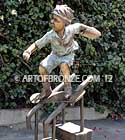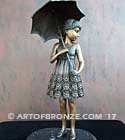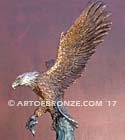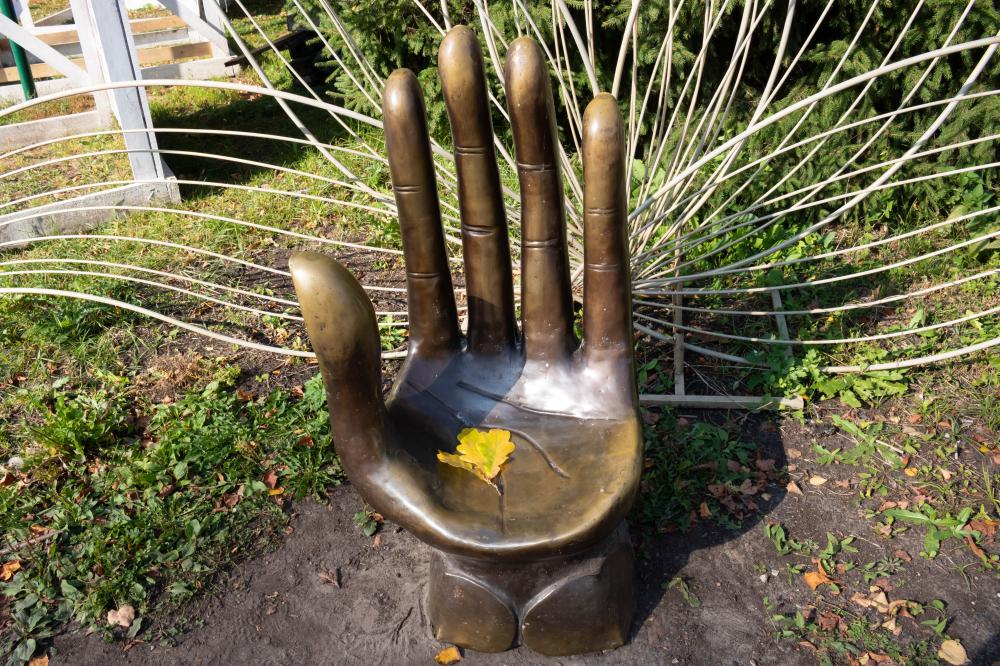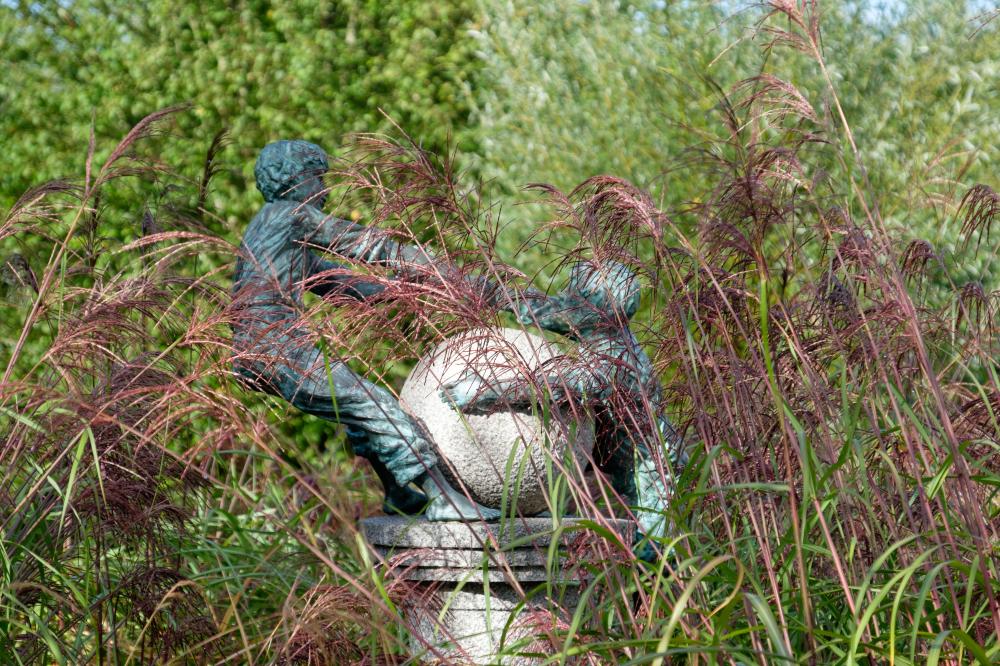What is it about bronze garden sculptures that give them such timeless appeal?
It’s fascinating how bronze garden sculptures continue to capture the imagination of art enthusiasts and landscapers alike. One key reason for their lasting appeal is the alloy’s durability, as bronze withstands weather conditions exceptionally well. I’ve seen pieces that have graced gardens for decades, developing beautiful patinas that add depth and character over time. The artistry involved in their creation, from conceptualization to patination, ensures each sculpture is not only visually impressive but also structurally sound. This unique combination of beauty and endurance makes them a perennial choice for anyone looking to enhance their outdoor spaces.
Have you ever considered how a bronze sculpture might transform a corner of your own garden? Imagine what a focal piece could do to elevate your space.
How intricate is the crafting process of bronze sculptures?
The crafting process of a bronze sculpture is a true testament to the skill and patience of the artist. It starts with a conceptual design, which must be meticulously planned to capture the envisioned details and proportions. From there, a full-scale model is created, often in clay or wax, setting the stage for mold-making. I recall watching an artist transform a wax model into a bronze sculpture using the lost-wax casting technique–a complex procedure of coating the wax with ceramic and melting it away to leave a cavity for molten bronze. Each step, from modeling to patination, requires a high level of precision and expertise, ensuring the final piece is both aesthetically pleasing and robust.
Can you picture the dedication needed to turn a simple sketch into a timeless bronze sculpture? It’s a journey of creativity and craftsmanship worth exploring.
What should you consider when choosing the perfect bronze garden sculpture?
Selecting the right bronze garden sculpture for your space can indeed be a delightful yet daunting task. It’s important to think about the theme that resonates with your garden’s design. For instance, a wildlife theme could bring a touch of nature’s elegance, while abstract forms might add a modern flair. One of my clients once chose a majestic equine sculpture, lending an air of sophistication to their expansive lawn. Scale is another critical factor; larger pieces work wonders in open areas, whereas smaller sculptures can create intimate settings. Don’t forget to consider how lighting, both natural and artificial, interacts with the piece, highlighting its features and enhancing its overall impact.
What kind of atmosphere do you want your garden to evoke? Picture how a thoughtfully chosen sculpture could reinforce that vision.
Why do bronze sculptures develop such varied patinas, and can they be customized?
Watching a bronze sculpture evolve in its patina is like seeing a new chapter unfold in its story. The rich spectrum of colors, from greens and blues to browns and blacks, results from the sculpture’s exposure to the elements. Many art lovers prefer this natural process, as the patina adds a unique, time-worn charm. However, for those desiring a specific aesthetic from the outset, artists can apply chemical treatments to accelerate patination, offering a customized appearance. I once worked with a client who wanted a vibrant green patina to complement their garden’s lush foliage, and the result was striking.
Do you prefer your sculptures to tell their story over time naturally, or would you customize their appearance from the start? Either way, the result is a personal expression of style.
Why are bronze garden sculptures known for their enduring nature?
The enduring nature of bronze garden sculptures lies in their material composition and the craftsmanship behind each piece. Bronze, as an alloy, boasts exceptional resistance to corrosion and degradation, making it an ideal material for outdoor artworks. The sculptures maintain their integrity against the elements, from rain to snow to sunlight. Furthermore, the craftsmanship ensures that each piece is not just a visually stunning work of art but also a robust statement of durability. I’ve witnessed gardens where bronze sculptures have stood proudly for decades, their evolving patinas only adding to their allure.
How might the longevity of a bronze sculpture influence your decision to incorporate one into your garden? Envision a piece that grows more beautiful with each passing year.
What are the best practices for maintaining bronze garden sculptures to ensure they last?
Proper maintenance is crucial in keeping bronze garden sculptures in prime condition. Regular cleaning is perhaps the most straightforward practice–gently washing the sculpture with mild soap and water can remove dirt and debris effectively. I always recommend seasonal inspections to catch any signs of structural damage or discoloration promptly. Applying paste wax a couple of times a year is another great way to protect the patina while enhancing its shine. Finally, positioning your sculptures wisely, away from areas prone to excessive runoff or exposure to salts, can significantly prolong their lifespan.
What steps are you currently taking to care for your outdoor art pieces? Could any of these tips help you maintain their beauty for years to come?







